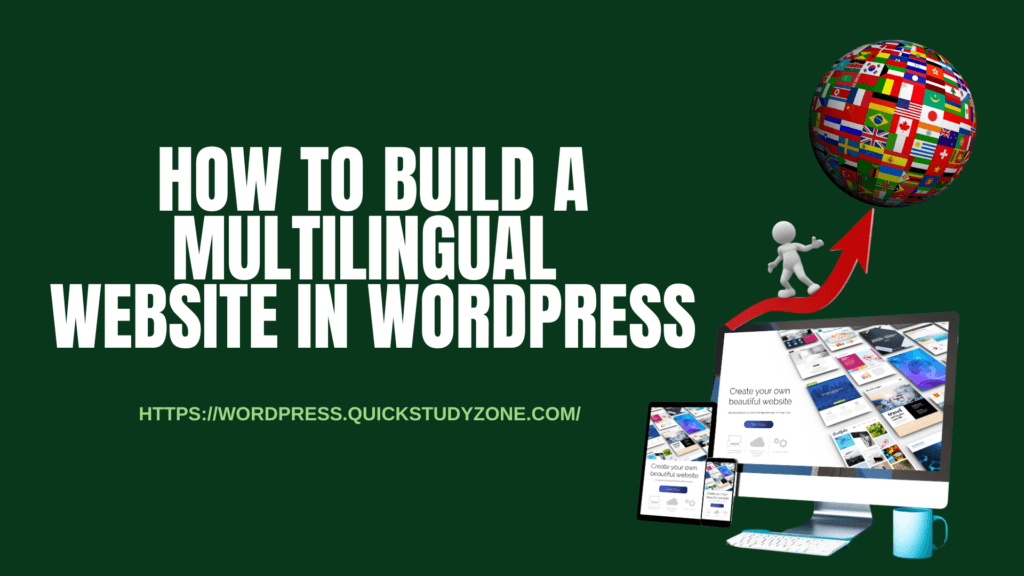
Introduction:
Having a multilingual website in today’s globalized world is very important in reaching out to audiences beyond your native language.
WordPress, one of the most versatile CMS platforms, makes it very easy to create a multilingual site. This guide will walk you through the process of building a multilingual WordPress website that is SEO-friendly and user-focused.How to Build a Multilingual Website in WordPress
Why Build a Multilingual Website?
A multilingual website can assist you in connecting with the global audience, improve user experience, and rank on search engines for more regions. In this way, you will increase your audience by catering to their languages and can establish trust in new markets.
Step 1: Choose the Righ tTools
WordPress has provided multiple methods of creating a multilingual website. The best approach is by using multilingual plugins.
Here are some of the most popular options:
WPML (WordPress Multilingual Plugin)
WPML is one of the advanced plugins with all premium features: translation management, and WooCommerce is available in this; therefore, good for business in need of a professional solution.
Polylang
Polylang is the free plugin available. It also helps translate the posts, pages, and menu very easily and nicely.
TranslatePress
It is the easy translation editor because you can even translate the contents from the frontend of your site.
Step 2: Install and Configure Your Plugin
Installing WPML
Buy WPML from its official website.
Install and activate the plugin in your WordPress dashboard.
Setting Up WPML
• Add Languages: Go to WPML settings and select the languages you want to support.
• Enable a Language Switcher: Add a language switcher to your navigation menu or footer for easy accessibility.
For Polylang or TranslatePress, the setup process is similar, but each plugin has unique settings to explore.
Step 3: Translate Your Content
Manual Translation Translate pages, posts, menus, and widgets using your plugin’s editor. This will ensure accuracy and cultural relevance.
Automated Translation
Some plugins are integrated with AI tools like Google Translate or DeepL for faster results. However, always review automated translations for quality.
Step 4: Optimize for SEO
Implement hreflang Tags
Hreflang tags help the search engine know which language and region your content is in so that the appropriate version is presented to the users.
Language-Specific
URLs Each language should have a clear, organized URL structure, such as yourwebsite.com/en/ or yourwebsite.com/fr/.
Translated Metadata
Don’t forget to translate the meta titles, descriptions, and alt text on images to optimize for SEO performance.
Step 5: Test and Launch Testing Your Website
•Check translations for accuracy and consistency.
•Ensure that the language switcher functions smoothly.
•Test your website across various browsers and devices.
Launch and Promote Once satisfied
publish your multilingual website and promote it through social media, email campaigns, and SEO strategies targeting your new audience.
Conclusion
Creating a multilingual WordPress website is now easier than ever with the right tools and strategies. Using WPML, Polylang, or TranslatePress will go on to provide a seamless experience for your global audience while boosting SEO performance. Take the first step today and let your website open its gates to the world!
Pingback: "How to Sell Website Templates and Make Passive Income: 7 Power Steps (According to Best SEO Practices)" - Tech Blogify